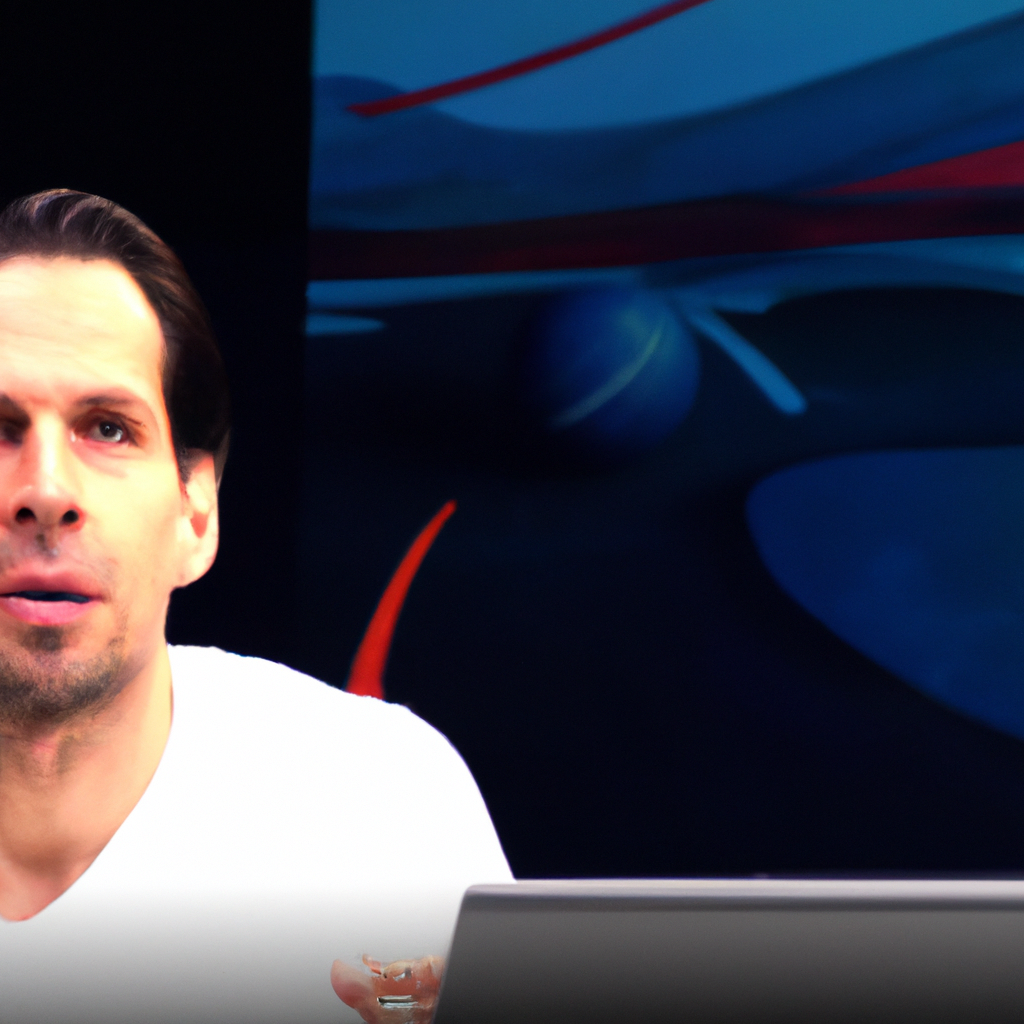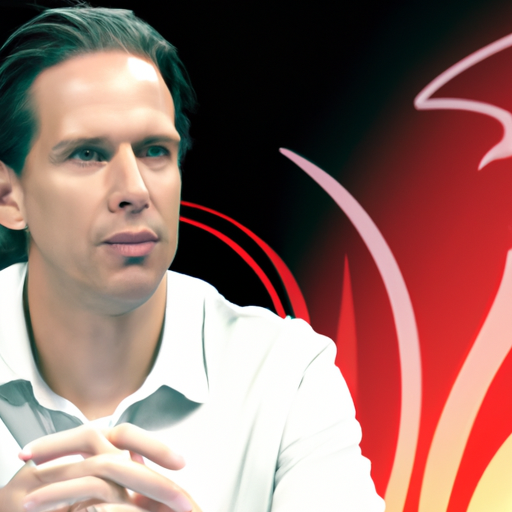Erik Spoelstra on the differences between the NBA and FIBA games

Key Tactical Adjustments: NBA vs FIBA Games
Erik Spoelstra, the head coach of the Miami Heat, is no stranger to the world of basketball. With years of experience in both the NBA and FIBA games, he has a unique perspective on the differences between the two. In a recent interview, Spoelstra shared his insights on the key tactical adjustments that players and coaches need to make when transitioning between the NBA and FIBA games.
One of the most significant differences between the NBA and FIBA games is the style of play. In the NBA, the game is faster-paced, with a focus on individual talent and athleticism. Players are given more freedom to create their own shots and make plays on the fly. On the other hand, FIBA games tend to be more structured, with an emphasis on team play and execution. Players must rely on precise ball movement and off-ball screens to create scoring opportunities.
According to Spoelstra, this difference in style requires players to adjust their mindset and approach to the game. In the NBA, players are often encouraged to take risks and make bold plays to score points. However, in FIBA games, players must be more disciplined and patient, waiting for the right opportunity to make a play. This shift in mentality can be challenging for players who are used to the fast-paced nature of the NBA.
Another key difference between the NBA and FIBA games is the rules and regulations. In the NBA, players are allowed more physical contact and aggressive defense, which can lead to a more physical style of play. On the other hand, FIBA games have stricter rules regarding fouls and contact, which can impact how players defend and attack the basket. According to Spoelstra, players must be aware of these differences and adjust their playing style accordingly.
In addition to the style of play and rules, Spoelstra also highlighted the importance of understanding the nuances of international basketball. FIBA games often feature teams from different countries with varying playing styles and strategies. Players and coaches must be prepared to adapt to these differences and make tactical adjustments on the fly. This requires a high level of basketball IQ and a deep understanding of the game.
One of the key tactical adjustments that players and coaches must make when transitioning between the NBA and FIBA games is communication. In the NBA, players are often able to communicate with their teammates in English, which can make it easier to convey plays and strategies. However, in FIBA games, players may need to rely on hand signals and non-verbal cues to communicate effectively. This can be a challenge for players who are not used to playing with teammates who speak different languages.
Overall, Erik Spoelstra’s insights on the differences between the NBA and FIBA games shed light on the unique challenges that players and coaches face when transitioning between the two. From adjusting playing styles to understanding international basketball nuances, there are many factors to consider when preparing for FIBA competition. By being aware of these differences and making the necessary tactical adjustments, players can maximize their performance on the international stage.
Player Development Strategies: NBA vs FIBA Games

Erik Spoelstra, the head coach of the Miami Heat, has had extensive experience in both the NBA and FIBA games. As a coach who has worked with some of the best players in the world, Spoelstra has a unique perspective on the differences between the two leagues and how they impact player development.
One of the key differences between the NBA and FIBA games is the style of play. In the NBA, the game is more focused on individual talent and athleticism, with players often relying on their one-on-one skills to create scoring opportunities. On the other hand, FIBA games tend to be more team-oriented, with a greater emphasis on ball movement and player movement to create open shots.
This difference in playing style can have a significant impact on player development. In the NBA, players are often encouraged to showcase their individual skills, which can lead to a greater focus on scoring and less emphasis on team play. This can sometimes hinder a player’s overall development, as they may not learn how to effectively play within a team system.
In contrast, FIBA games place a greater emphasis on teamwork and player movement, which can help players develop a more well-rounded skill set. Players who compete in FIBA games often have to adapt to different styles of play and learn how to work together with teammates from different backgrounds. This can help them develop a better understanding of the game and improve their overall basketball IQ.
Another key difference between the NBA and FIBA games is the level of competition. While the NBA is widely regarded as the premier basketball league in the world, FIBA games feature some of the best international talent from around the globe. Playing against top international competition can provide players with valuable experience and help them improve their skills against different styles of play.
Additionally, the rules and regulations of the NBA and FIBA games can vary significantly. For example, FIBA games use a different three-point line distance and have different rules regarding goaltending and defensive three-second violations. Players who compete in both leagues must be able to adapt to these differences and adjust their playing style accordingly.
Overall, Erik Spoelstra believes that both the NBA and FIBA games offer unique opportunities for player development. While the NBA may provide players with a platform to showcase their individual skills, FIBA games can help players develop a more well-rounded game and improve their overall basketball IQ. By competing in both leagues, players can gain valuable experience and continue to grow and develop as basketball players.
In conclusion, Erik Spoelstra’s insights into the differences between the NBA and FIBA games highlight the importance of player development strategies in both leagues. While the NBA may offer a more individualistic style of play, FIBA games emphasize teamwork and player movement. By competing in both leagues, players can gain valuable experience and continue to improve their skills against different styles of play. Ultimately, the differences between the NBA and FIBA games can have a significant impact on player development and shape the future of basketball.
Coaching Challenges: NBA vs FIBA Games
Erik Spoelstra, the head coach of the Miami Heat, has had the unique experience of coaching in both the NBA and FIBA games. As a coach who has achieved success in both leagues, Spoelstra is well-equipped to discuss the differences between the two and the challenges that come with coaching in each.
One of the most significant differences between the NBA and FIBA games is the style of play. In the NBA, the game is faster-paced, with more emphasis on individual talent and athleticism. Players in the NBA are often bigger, stronger, and more skilled than their FIBA counterparts, which can make for a more physical and high-scoring game.
On the other hand, FIBA games tend to be more team-oriented, with a greater emphasis on ball movement and execution. The rules in FIBA games also differ from those in the NBA, with a shorter shot clock, a wider three-point line, and different foul rules. These differences can present unique challenges for coaches who are used to the NBA style of play.
Another key difference between the NBA and FIBA games is the level of competition. While the NBA is widely regarded as the premier basketball league in the world, FIBA competitions feature teams from all over the globe, each with their own unique playing styles and strategies. Coaching in FIBA games requires a deep understanding of international basketball and the ability to adapt to different playing styles on the fly.
In addition to the differences in style of play and competition level, coaching in the NBA and FIBA games also presents unique challenges in terms of player management. In the NBA, coaches have to deal with multi-million dollar contracts, superstar egos, and the pressure to win championships. In FIBA games, coaches often have to work with players who come from different countries, speak different languages, and have varying levels of experience.
Despite these challenges, Erik Spoelstra has found success in both the NBA and FIBA games by focusing on the fundamentals of coaching. Spoelstra emphasizes the importance of communication, teamwork, and attention to detail in both leagues, and he believes that these principles are universal in the world of basketball.
In conclusion, coaching in the NBA and FIBA games presents unique challenges and requires a different set of skills. While the NBA is known for its fast-paced, high-scoring games and superstar players, FIBA competitions offer a more team-oriented style of play and a diverse range of competition. Erik Spoelstra’s success in both leagues is a testament to his ability to adapt to different playing styles and manage the challenges that come with coaching at the highest levels of basketball.

